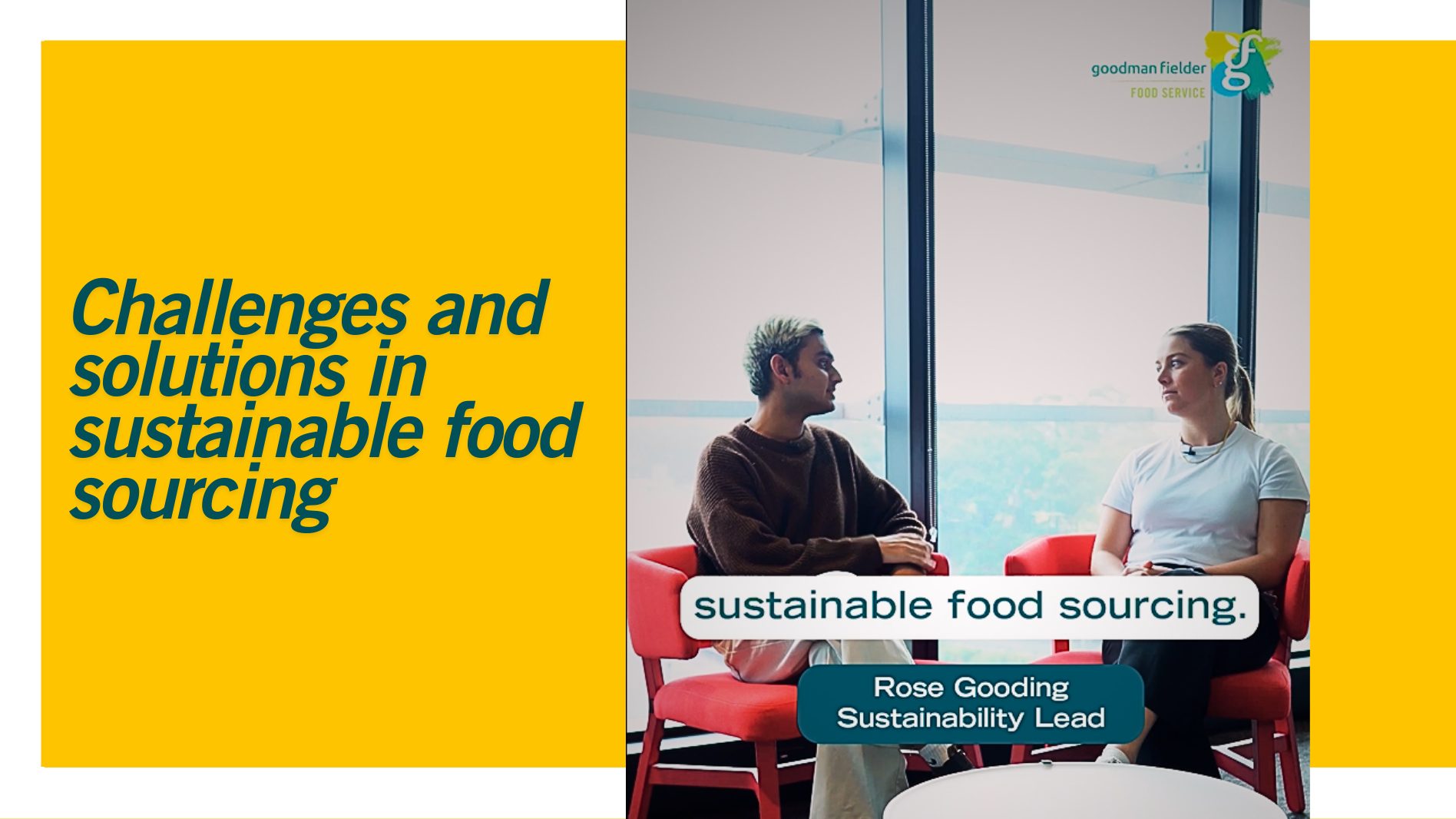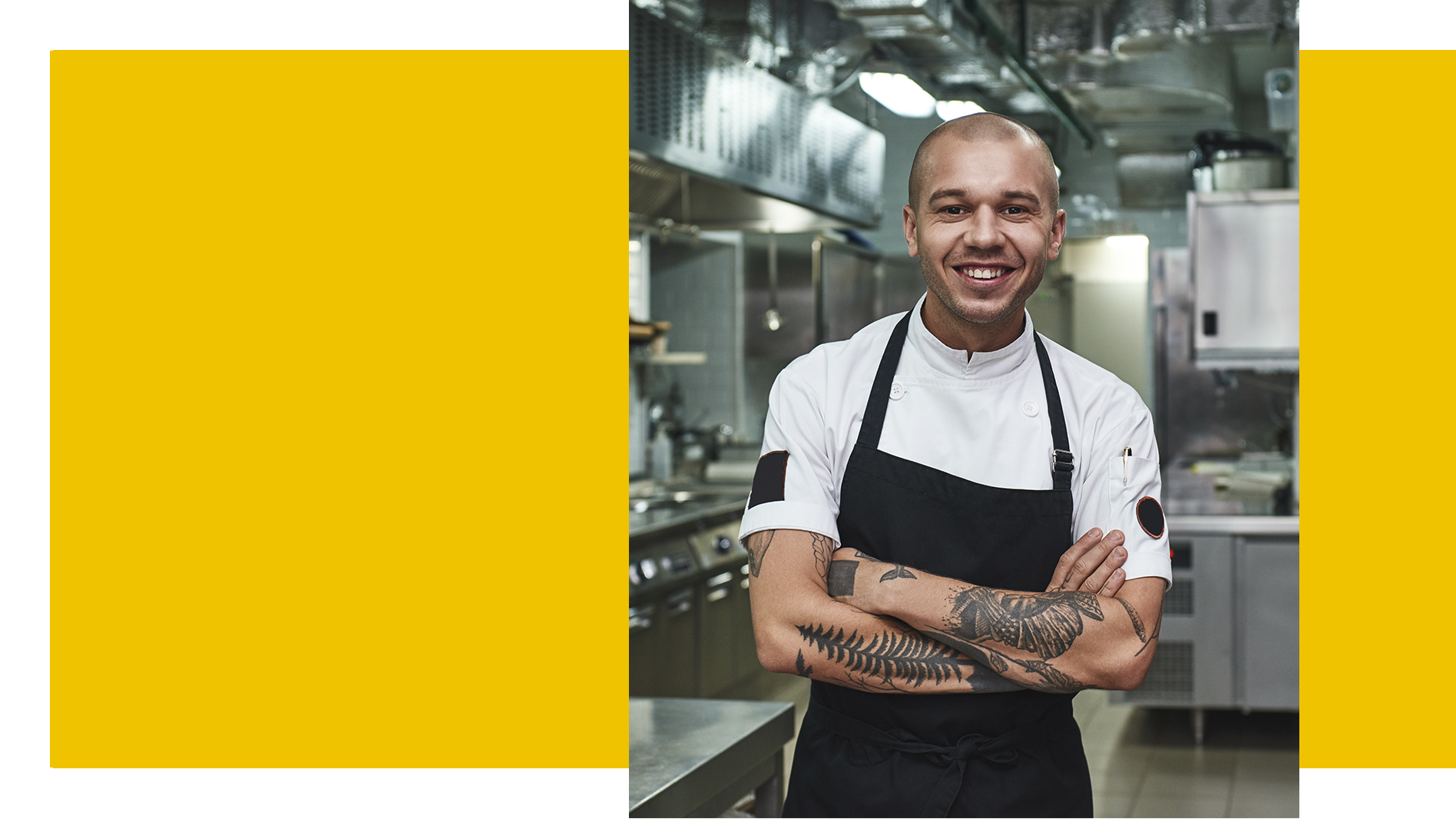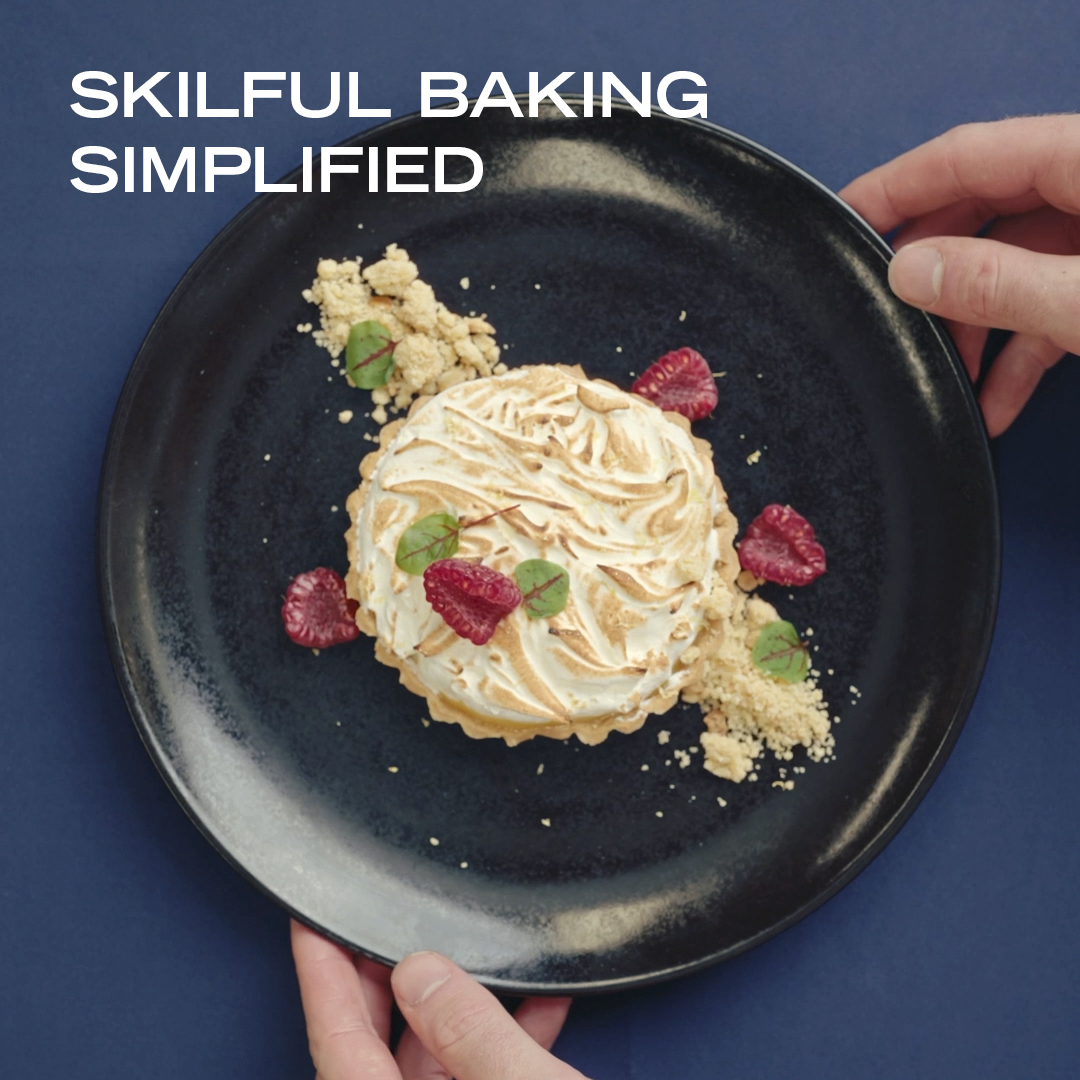
Over the years, the hospitality industry has had to adapt to trends that come and go, as well as chef shortages and tighter budgets. And one issue that regularly pops up for the industry is food wastage and how it can be managed.
According to a new report conducted by the RMIT University in Victoria, 250,000 tonnes of food is thrown out by food service venues each year and being added to landfill across the nation. The report also stated that venues are throwing away 40 per cent of food they purchase for stock over the duration of a year.
On average, a food service business throws away 160 grams of food per diner each day. Watch My Waste also recently revealed that collectively, Australian food service and households waste 7.5 million kilograms of food every year!
And while these figures shock many within the industry, food wastage has proven to be toxic for the environment and have a negative effect on venue’s bottom-line and overall kitchen costs. Now many food service venues are attempting to solve the issue and focus on how they can minimise food wastage within their kitchens.
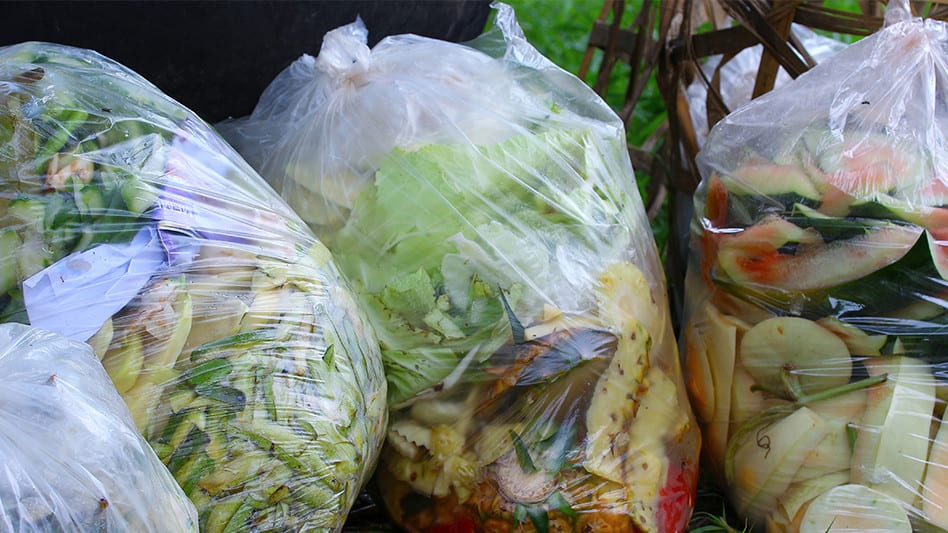
According to multiple reports, food wastage within a kitchen occurs the most during food preparation, quickly followed by customer plate wastage. In a bid to reduce food wastage within her kitchen, TV chef and business owner, Gigi Falanga has revealed she monitors all of the ingredients she uses carefully and ensures everything is written down as a reference.
“I try to be really accurate with my recipes…so, I try and put everything on paper and make sure all of my measurements are correct,” Gigi explained to Goodman Fielder Food Service. The dessert chef added she always attempts to use her cake off-cuts to create smaller masterpieces for clients in a bid to reduce the waste.
“Every time I can see the possibility of offering something else to my clients from the off-cuts, I try to do this,” she said. “With my cake off-cuts, I form them into little lolly pop balls. I also try and use recipes where instead of using just the juice from the fruit, I use the whole fruit.”
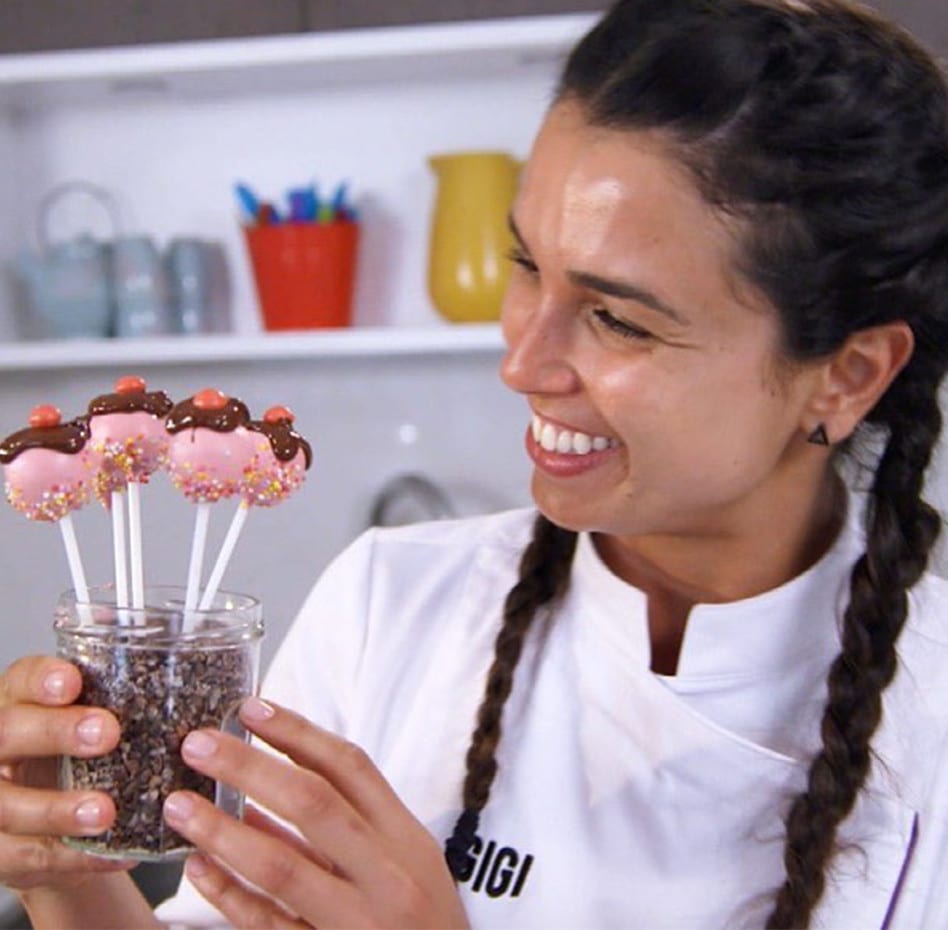
When asked what could be done to reduce wastage in the kitchen, Gigi insisted staff need to be trained, so they could be wary of their actions. “The first step is managing your staff to ensure they are really spot on with their ingredients,” she explained.
“Some places always make too much of what they need because they don’t have time to manage their staff. Every venue has a manager in the kitchen that could actually make sure their staff are working towards avoiding the wastage,” Gigi added.
Fellow chef Tom Walton also revealed to Goodman Fielder Food Service that his restaurant in Bondi, Sydney take food wastage control seriously. “Food wastage is a big cost to the business,” he said, adding: “We track wastage and ensure we cut everything to cost.

“In my business, we deal with a lot of fish, and we track food wastage by ensuring we are cutting them right and weighing the food because that has a cost next to it as well,” he explained. Along with ensuring his ingredients and cuts are correct, he has also trained staff to not take any dish orders that require changes, due to fussiness.
“We don’t want to take modifications to food unless it is a dietary requirement,” Tom said. “It impacts food wastage, especially when people choose one thing but leave five things from it, that is the frustrating thing for chefs.”
Group Executive Chef at Wests Leagues Club, Graham Krueger also previously explained to Goodman Fielder Food Service, chefs need to jump on board the root-to-stem and nose-to-tail trends.
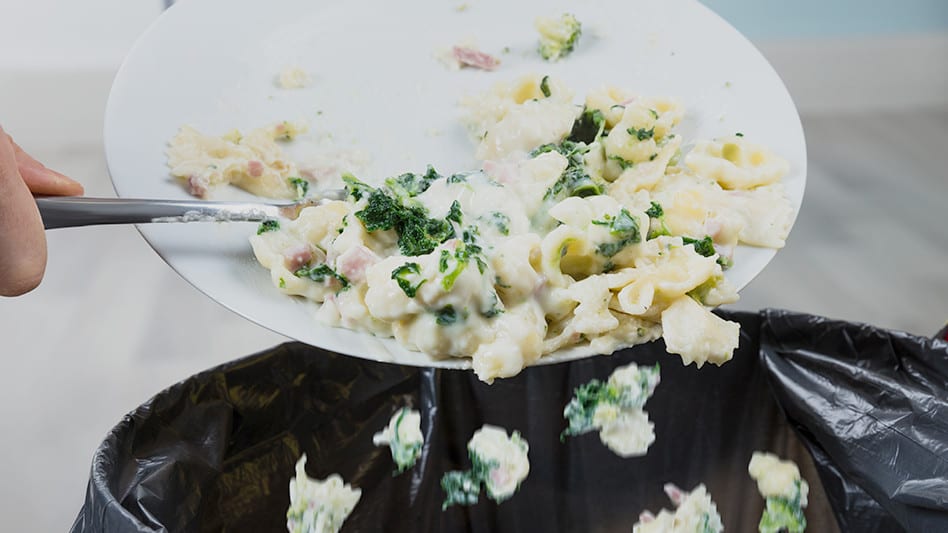
At the time, he explained at the time that chefs need to start using the root-to-stem system because a whole entire part of a fruit or vegetable is edible and full of flavours and vitamins. This moves towards reducing wastage in the kitchens.
While admitting the root-to-stem process helps eliminate food wastage, the nose-to-tail trend helps both wastage and the building of creativity within chefs.
Chef Graham said: “Nose-to-tail cooking really utilises a chef’s skills. There are a lot of different techniques that need to be used in order to produce a restaurant-quality dish. You’re taking cuts that are naturally very tough and it requires skill to make them nice and tender.”
Control food wastage by implementing a few simple steps:
- Creating a food strategy
- Put in place a monitoring system
- Changing your menu more often
- Reduce, reuse and recycle foods



